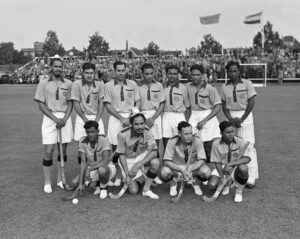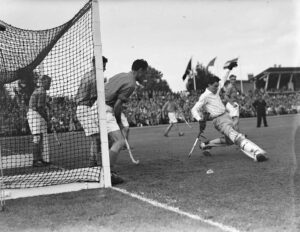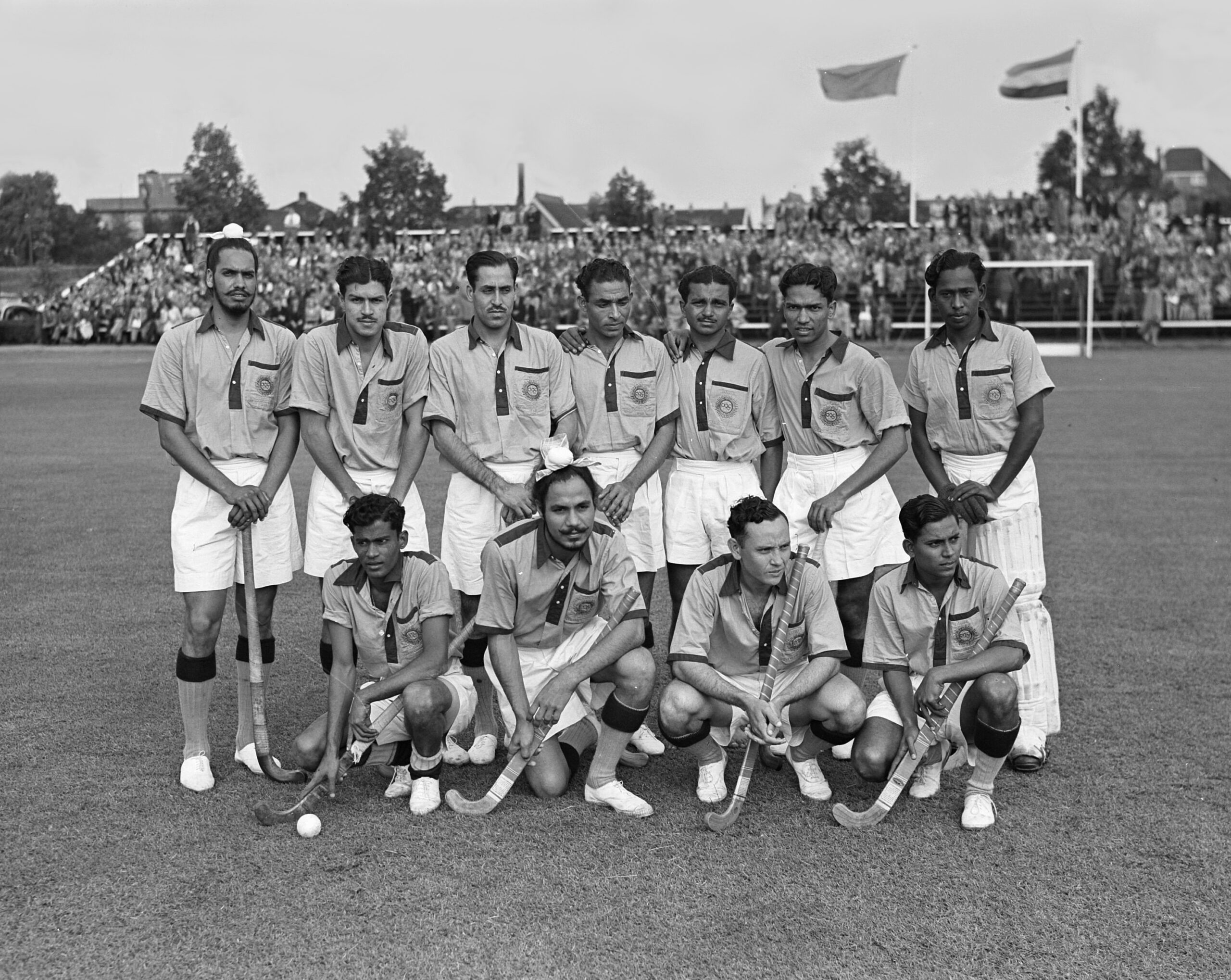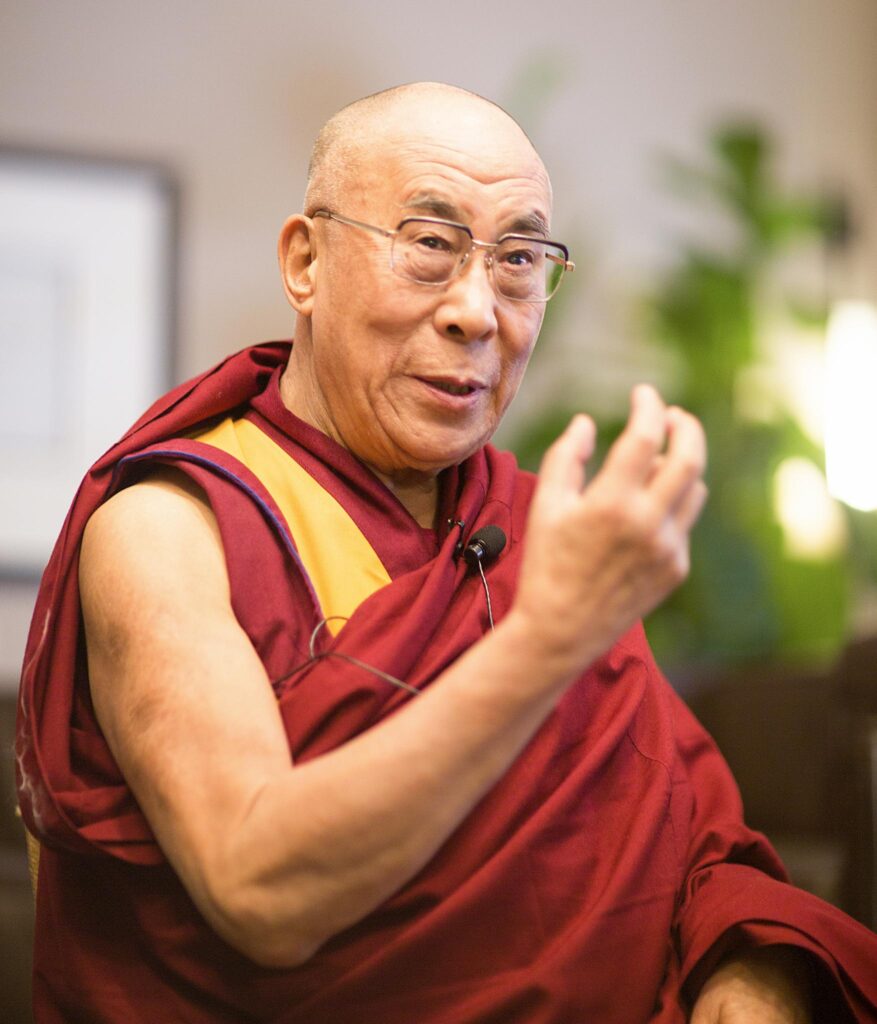The Dawn of a Golden Era
India’s dominance in field hockey during the 1940s-1950s remains one of the most glorious chapters in the annals of Indian sports history. This era marked a time when India was not just a participant in the Olympic Games but a formidable powerhouse, with a record of victories that established the country’s supremacy on the global stage. Hockey, during these decades, was more than just a sport; it became a symbol of national pride, unity, and excellence. The golden era of Indian hockey is a testament to the skill, discipline, and sheer determination of the players who carried the hopes of a young nation on their shoulders. These victories not only brought international recognition but also instilled a sense of pride and confidence in post-colonial India, reinforcing the nation’s identity on the global stage.
The Legacy Begins: 1928-1936 Olympic Triumphs

India’s journey to hockey supremacy began well before independence, with remarkable successes in the 1928, 1932, and 1936 Olympics. The 1928 Amsterdam Olympics marked India’s first gold medal in hockey, a victory that was both decisive and historic. The Indian team, led by the legendary Dhyan Chand, displayed a level of skill and coordination that left the world in awe. They won all their matches without conceding a single goal, an achievement that remains unparalleled in Olympic history.
The momentum continued in the 1932 Los Angeles Olympics, where India once again claimed the gold, defeating the United States with a staggering 24-1 scoreline, showcasing their dominance. The 1936 Berlin Olympics further solidified India’s reputation as an unbeatable force. In the final, played under the watchful eyes of Adolf Hitler, India defeated Germany 8-1, with Dhyan Chand scoring three goals. These early victories laid a strong foundation for Indian hockey, establishing a legacy of excellence and inspiring future generations of athletes. They also served as a source of immense national pride during the colonial period, symbolizing the potential of Indian sportsmen on the global stage.
Post-Independence Glory: 1948 London Olympics

The 1948 London Olympics held special significance for India, as it was the first time the country competed as an independent nation. The Indian hockey team, once again, rose to the occasion, winning the gold medal and continuing their legacy of dominance. The victory in London was not just a sporting triumph; it was a moment of profound national pride, as India, newly freed from colonial rule, asserted its place in the world.
The Indian team, captained by Kishan Lal, showcased exceptional skill and resilience throughout the tournament. They defeated Austria 8-0, Argentina 9-1, and Spain 2-0 in the early rounds, demonstrating their prowess on the field. The final match against Great Britain was charged with historical significance, as it pitted the former colony against the colonial power. In a fitting conclusion, India triumphed with a 4-0 victory, with Balbir Singh Sr. scoring two of the goals. This victory was more than just a continuation of India’s winning streak in hockey; it was a symbolic victory for a nation that was defining its identity on the world stage.
The 1948 gold medal win was a defining moment for Indian sports, as it showed the world that India, though newly independent, was capable of achieving greatness. It also inspired a generation of athletes and sports enthusiasts, who saw in this victory the embodiment of the new spirit of India—confident, independent, and determined to succeed on its own terms. This triumph laid the groundwork for the continued success of Indian hockey in the following decades, marking the beginning of a new era in the country’s sporting history.
1952 Helsinki Olympics: Defending the Title
India entered the 1952 Helsinki Olympics as the defending champions, carrying the weight of their legacy from the 1948 London triumph. The Indian hockey team, under the captaincy of Kunwar Digvijay Singh (K.D. Singh) ‘Babu,’ was determined to maintain their dominance on the global stage. Despite the pressure, the team showcased exceptional skill and strategy, proving once again why they were the best in the world.
The tournament was not without its challenges. The Indian team faced stiff competition, particularly from the Netherlands, who were emerging as strong contenders. However, India’s experience, coupled with their superior stick work and tactical play, saw them through. In the semi-finals, India defeated Great Britain 3-1, a victory that held symbolic significance as it echoed the 1948 final. The final match against the Netherlands was a closely contested affair, but India emerged victorious with a 6-1 win, thanks to the brilliance of Balbir Singh Sr., who scored five goals in the final, setting an Olympic record.
This victory was a testament to the team’s resilience and ability to perform under pressure. It also reinforced India’s position as the undisputed leader in the sport, showcasing their ability to adapt and overcome challenges on the world stage.
1956 Melbourne Olympics: A Hat-Trick of Golds
The 1956 Melbourne Olympics marked a historic moment for Indian hockey, as the team secured its third consecutive gold medal, solidifying India’s legacy as a hockey powerhouse. The Indian team, led by Balbir Singh Sr. as the captain, entered the tournament with the burden of expectations but also with the confidence of a champion.
The road to victory in Melbourne was not easy. The tournament featured stronger and more competitive teams, with Australia and Pakistan emerging as serious threats to India’s dominance. Despite these challenges, India’s strategy of combining swift attacking play with a solid defense proved effective. The semi-final match against Germany was a nail-biting encounter, with India securing a 1-0 win to advance to the final.
The final match against Pakistan was one of the most anticipated encounters in Olympic history, not just for the sport but also for the political tensions between the two nations. The Indian team rose to the occasion, displaying remarkable composure and tactical brilliance. The match was tightly contested, with India securing a 1-0 victory, courtesy of a goal by Randhir Singh Gentle.
This victory was monumental as it marked India’s hat-trick of Olympic golds, a feat unmatched by any other nation at the time. The 1956 triumph solidified India’s legacy in hockey, establishing the nation as the preeminent force in the sport. It also symbolized the unity and strength of the Indian team, which had overcome both on-field and off-field challenges to achieve greatness.
Heroes of the Golden Era
The golden era of Indian hockey was defined by the brilliance of several key players, whose contributions were instrumental in securing India’s Olympic victories. Among them, Balbir Singh Sr. stands out as one of the greatest hockey players of all time. A prolific goal-scorer, Balbir’s record of five goals in an Olympic final remains unbeaten. His leadership in the 1956 Melbourne Olympics was pivotal in India securing its third consecutive gold medal. Balbir’s combination of skill, determination, and tactical acumen made him a true legend of the sport.
Another stalwart of this era was Leslie Claudius, who holds the distinction of winning four Olympic medals, including three golds (1948, 1952, 1956) and a silver (1960). Claudius was known for his exceptional defending skills and his ability to read the game, which made him a key figure in India’s defense line. His consistency and leadership on the field were crucial to India’s dominance in the 1950s.
K.D. Singh ‘Babu,’ who captained the team to victory in the 1952 Helsinki Olympics, was renowned for his dribbling skills and vision. His ability to create scoring opportunities and his calm demeanor under pressure were instrumental in guiding India to success. Another notable player was Randhir Singh Gentle, whose decisive goal in the 1956 final against Pakistan secured India’s historic hat-trick of Olympic golds.
Impact on Indian Sports and National Identity
The golden era of Indian hockey, particularly the Olympic triumphs from 1948 to 1956, played a pivotal role in shaping India’s national identity and fostering a sense of pride in the newly independent nation. These victories were more than just sporting achievements; they were symbolic of India’s emergence on the global stage as a sovereign nation capable of achieving greatness. The success of the Indian hockey team provided a much-needed boost to national morale and unity, serving as a unifying force for a country still healing from the wounds of Partition.
Hockey’s dominance during this period also had a significant influence on other sports in India. The victories demonstrated that Indian athletes could compete and excel at the highest levels, inspiring a generation of sportsmen and women across various disciplines. The sense of national pride and unity fostered by these triumphs helped to elevate the importance of sports in Indian society, laying the groundwork for future successes in fields like cricket, athletics, and more recently, badminton and wrestling. The golden era of Indian hockey thus stands as a beacon of national pride, symbolizing the strength, resilience, and potential of the Indian spirit.
The Decline: What Went Wrong After the Golden Era?
After the golden era of the 1940s-1950s, Indian hockey began to face several challenges that led to its decline on the global stage. One of the primary factors was the change in playing styles, particularly the shift from natural grass to artificial turf. Indian players, known for their finesse and dribbling skills, struggled to adapt to the faster and more physically demanding surface of synthetic turf, which favored a different style of play more suited to European and Australian teams.
Administrative issues and lack of infrastructure also contributed to the decline. Mismanagement within hockey’s governing bodies led to a lack of proper training facilities, coaching, and grassroots development. This, coupled with the rise of other global competitors who had better access to resources and modern training techniques, further eroded India’s dominance in the sport.
The decline of Indian hockey is a stark reminder of the need for continuous evolution and adaptation in sports. The lessons learned from this period underscore the importance of investing in infrastructure, embracing technological advancements, and fostering young talent to remain competitive on the global stage.
Legacy and Lessons: The Golden Era’s Influence on Modern Hockey
The successes of the 1940s-1950s continue to inspire modern Indian hockey, serving as a reminder of the heights that can be achieved with dedication, discipline, and teamwork. Efforts to revive Indian hockey have been ongoing, with initiatives aimed at improving infrastructure, coaching, and player development. Programs like the Hockey India League and government-backed schemes have been instrumental in reinvigorating interest in the sport and providing a platform for young talent to emerge.
The historical legacy of India’s golden era in hockey also plays a crucial role in these revival efforts. By celebrating past achievements, the sport continues to attract new players who are inspired by the stories of legends like Dhyan Chand, Balbir Singh Sr., and Leslie Claudius. The emphasis on recapturing the spirit of the golden era is central to India’s aspirations of returning to the pinnacle of world hockey.
Conclusion: Remembering the Glory Days
India’s golden era in hockey remains one of the most significant chapters in the country’s sporting history. These victories not only brought glory to the nation but also played a crucial role in shaping India’s national identity and pride. As we continue to strive for excellence in sports, it is essential to preserve and celebrate this legacy, drawing inspiration from the achievements of the past. By remembering and honoring these glory days, India can look forward to a future where the spirit of the golden era once again guides the nation to greatness in the world of sports.



